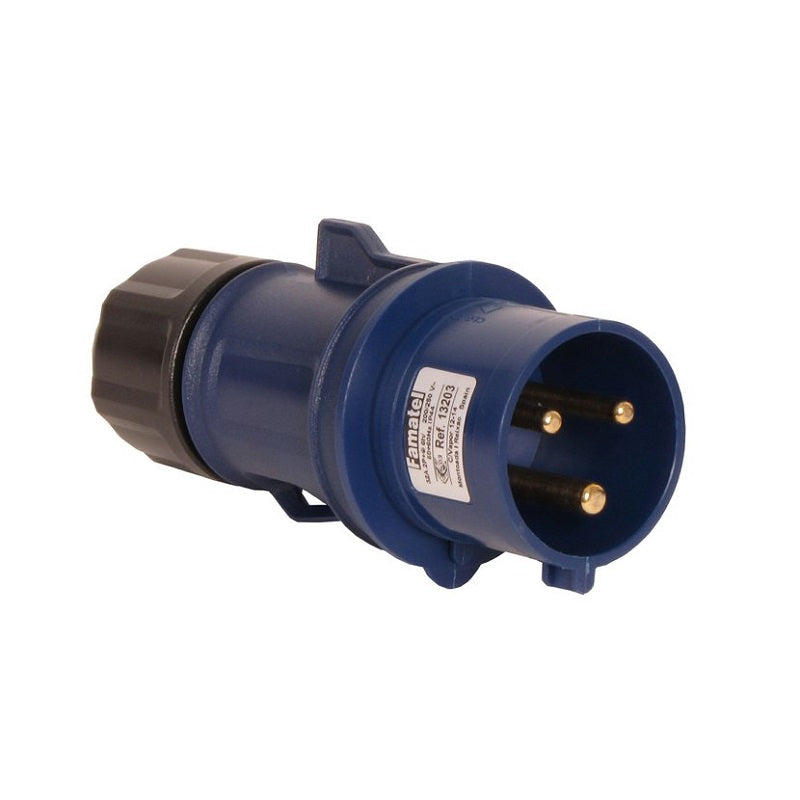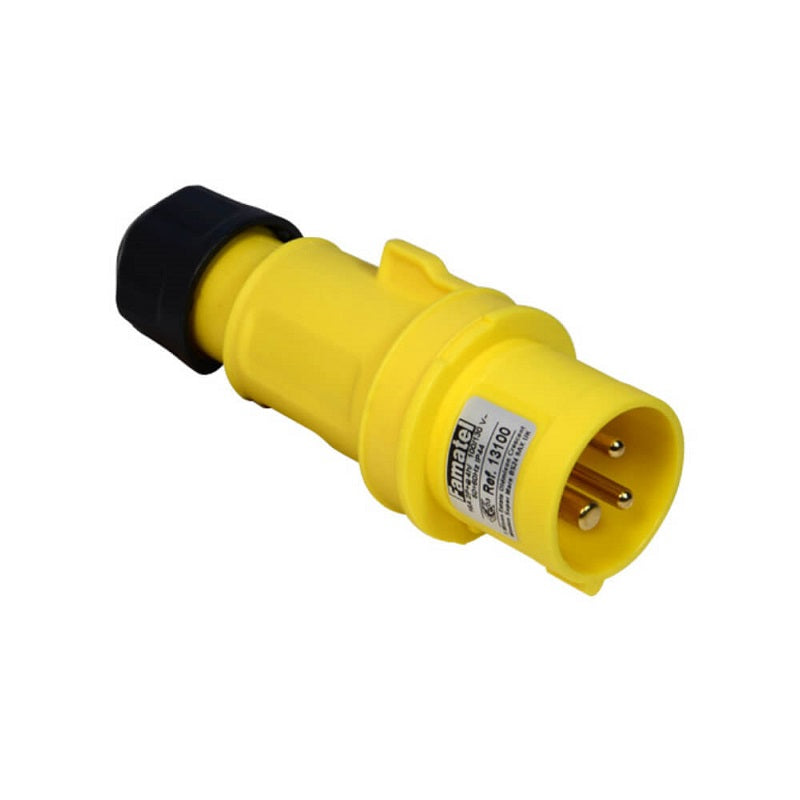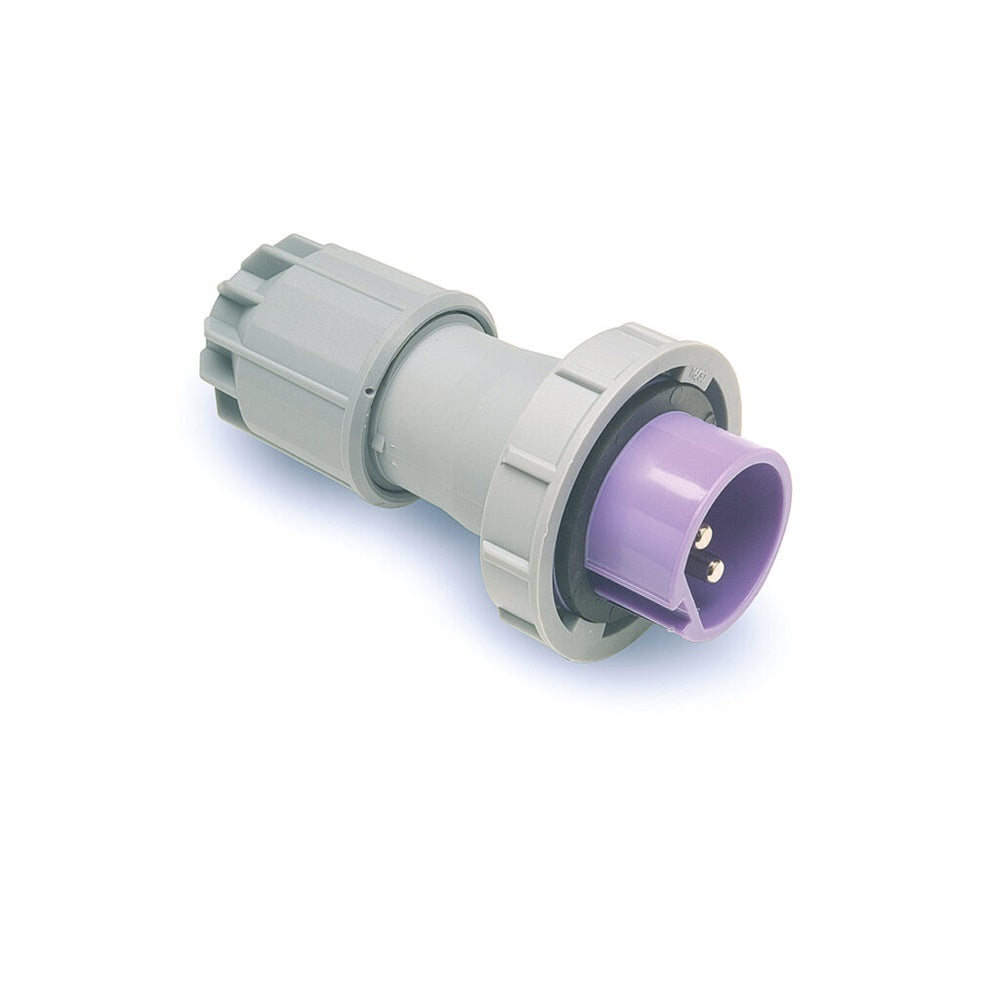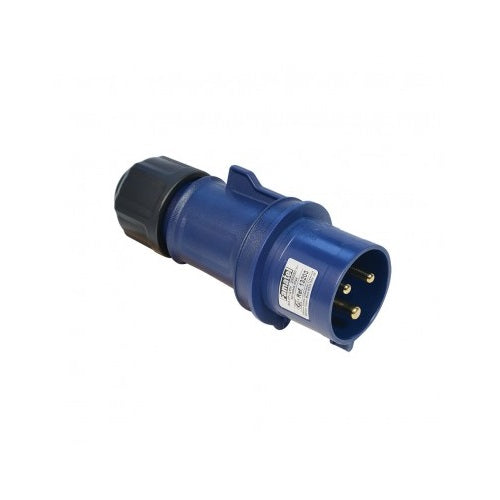Electrical plugs and sockets are crucial components of any electrical system, ensuring that your devices receive the power they need to function properly. However, like any other equipment, they can occasionally encounter issues. Here’s a guide to troubleshooting some common electrical problems with your plugs and sockets, along with practical solutions to keep your systems running smoothly.
1. Power Outage in a Socket
Problem: The socket is not providing power to the connected device, even though the device is working when plugged into a different socket.
Solution:
- Check Circuit Breaker: Ensure that the circuit breaker for that socket hasn’t tripped. If it has, reset it and test the socket again.
- Test the Socket: Use a voltage tester or plug a different working device into the socket to confirm if it’s receiving power.
- Inspect Wiring: If the socket still doesn’t work, there may be an issue with the wiring. Consult a licensed electrician to check the wiring connections.
2. Sparks or Burning Smell
Problem: You notice sparks or a burning smell when plugging or unplugging a device.
Solution:
- Unplug Immediately: Disconnect the device and stop using the socket to prevent potential fire hazards.
- Examine the Socket: Look for signs of damage, such as charring or melted plastic. Do not attempt to use the socket if it shows these signs.
- Replace the Socket: Have a professional replace the damaged socket and check the wiring for underlying issues.
3. Loose or Wobbly Socket
Problem: The socket feels loose or wobbly, which can lead to a poor connection.
Solution:
- Tighten the Screws: Turn off the power at the circuit breaker, then remove the socket cover and tighten the mounting screws.
- Check for Damage: Inspect the socket for any visible damage or wear. If the socket is damaged, replace it.
- Reinstall Properly: Ensure the socket is securely mounted in the electrical box. If it’s not fitting properly, you might need a new electrical box.
4. Devices Overheating
Problem: Devices or plugs become hot to the touch when plugged into a socket.
Solution:
- Unplug the Device: Disconnect the device and allow it to cool down. Avoid using it until you address the issue.
- Check the Plug and Socket: Look for signs of overheating or damage. If the plug or socket is discolored or feels excessively hot, replace the faulty components.
- Avoid Overloading: Ensure that the socket isn’t overloaded with too many devices. Use a power strip with overload protection if needed.
5. Noisy Socket
Problem: The socket makes a buzzing or humming noise when in use.
Solution:
- Turn Off the Power: Switch off the power at the circuit breaker before inspecting the socket.
- Examine the Socket: Look for any loose connections or signs of wear. Tighten any loose screws or connections.
- Consult an Electrician: If the noise persists, it could indicate a more serious issue with the electrical wiring or components. Contact a licensed electrician for further diagnosis.
6. GFCI Outlet Tripping Frequently
Problem: A Ground Fault Circuit Interrupter (GFCI) outlet keeps tripping, cutting off power.
Solution:
- Identify the Cause: Plug a different device into the GFCI outlet to check if it’s the device causing the trip. Sometimes faulty devices can cause the GFCI to trip.
- Check for Moisture: GFCI outlets are sensitive to moisture. Ensure that the outlet is dry and not exposed to water.
- Reset the GFCI: Press the reset button on the GFCI outlet to restore power. If it continues to trip, consult an electrician as there may be a wiring issue.
7. Flickering Lights When Plugging In
Problem: Lights flicker when you plug or unplug a device from a socket.
Solution:
- Check the Connection: Ensure that the plug is securely connected to the socket and that there are no loose wires.
- Inspect the Socket: Look for signs of damage or loose connections in the socket. If you find any issues, replace the socket.
- Consult an Electrician: Flickering lights can sometimes indicate a problem with the electrical circuit. If the issue persists, seek professional help.
8. Electrical Shock When Touching a Plug
Problem: You receive a mild electrical shock when touching a plug or socket.
Solution:
- Stop Using Immediately: Disconnect the device and stop using the affected socket.
- Inspect for Damage: Look for any visible signs of damage or wear on the plug or socket.
- Consult a Professional: Electrical shocks can indicate serious safety issues. Have a licensed electrician inspect and repair the socket.
By following these troubleshooting tips, you can address common issues with your plugs and sockets and ensure a safer and more reliable electrical system. If you encounter any problems beyond these solutions, don’t hesitate to contact a professional electrician for assistance.







